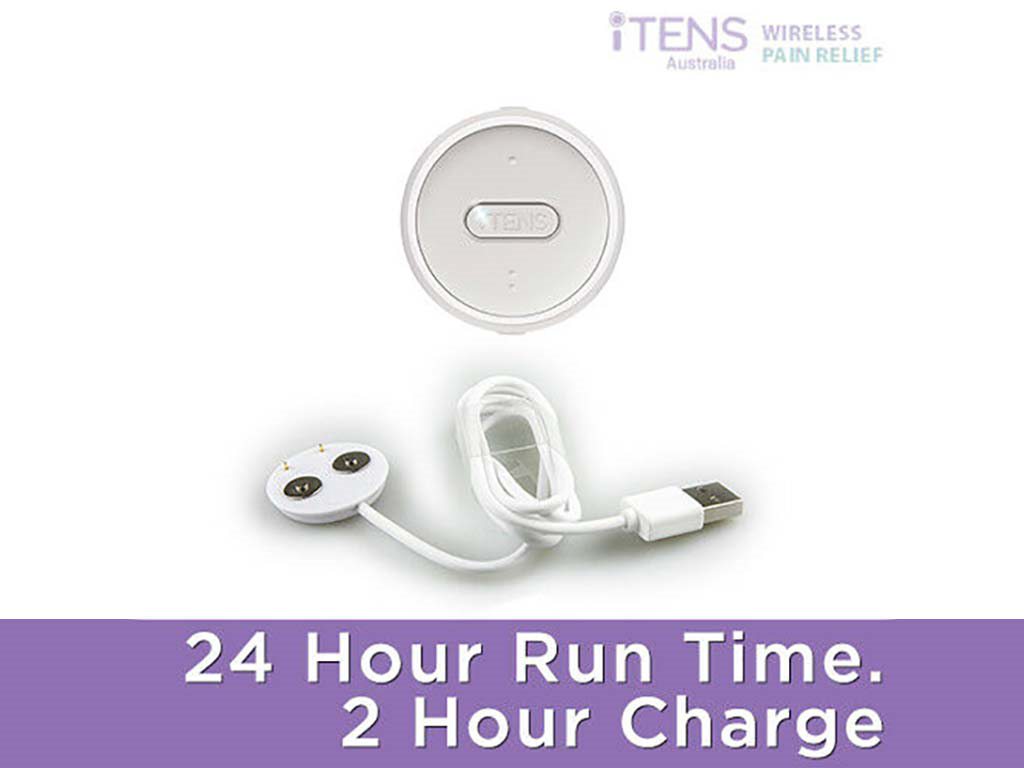
A defibrillator is a device that gives a high-energy electric pulse to a person’s heart in cardiac arrest situations. This high-level intensity shock is called defibrillation, which is essential in trying to save the life of someone in cardiac arrest. In addition, a defibrillator is also known as a defib, AED (Automated External Defibrillator) or a PAD (Public Access Defibrillator). Defibrillator pads are essential to an AED to treat cardiac arrest emergencies.
This article concerns how defibrillator pads work for emergencies and how they are vital to saving a person’s life. The information includes how Automated External Defibrillators (AED) can significantly improve how we handle medical emergencies like cardiac arrests. In addition, we will talk about how defibrillator pad placement is vital to effective defibrillation, how defibrillators work, how to use one and some guidelines and precautions for using defib pads.
What are Defibrillator Pads?
Defibrillator pads are essential components of an external defibrillator. In a sudden cardiac arrest (SCA), the heart stops beating productively and cannot pump blood to the brain and other vital organs efficiently. The defibrillator pads are attached to a person’s chest to monitor the patient’s heart rhythm. The AED will then determine if a shock is required and conducts a necessary shock treatment. Thus, it is best to know how defibrillators and electrode pads work.
Proper pad placement allows for the most direct and effective path of shock treatment. Incorrect electrode pad positioning and the presence of various elements can create resistance to the electric current flow. Moreover, defibrillators are essential for people with arrhythmia to monitor their heartbeats daily. It can continuously monitor the heart rate and deliver a treatment shock when required, even when a person is asleep.
AED or Public Access Defibrillators (PAD) are typically located in some workplaces. In addition, public areas where medical emergencies may happen will have AEDs. For example, airports, malls, public centres, and public transport stations. You may find these public defibrillators in a case that may show ‘AED’ or ‘defibrillator’. Suppose a medical emergency occurs, and you need defibrillator pads; you may call the emergency operator to tell you where one can be located.
How to use Defibrillator Pads?
The electrode pad pack provides instructional images showing the correct pad placement area. In addition, there is two standard defibrillator pads size used for cardiac arrest victims:
Child AED Pads – For victims 8 years old and younger
Adult AED Pads – For victims older than 8 years old

Defibrillator Pads: Using AEDs
Anyone can use an AED, and it does not require training. However, knowing the proper defibrillator pad placement will be beneficial. Once you turn the device on, it will give straightforward instructions on properly attaching the defibrillator pads. The device checks the heart rhythm and will only tell you to shock the person if needed. Therefore, you will not accidentally shock someone, as the machine likely determines if the person requires defibrillation.
To use a defibrillator effectively, you must first turn it on and follow its instructions. Second, you need to peel off the sticky gel pads and attach them to the individual’s skin, one on each side of the chest, as shown in the image on the defibrillator. Third, once the electrode pads are attached to the skin, stop doing CPR and do not touch the individual. The defibrillator will then check the individual’s heart rhythm.
Fourth, the defibrillator pads will analyse and determine whether a shock is needed; if so, the device will tell you to press the shock button. It is vital to remember that you should not touch the individual during the procedure. Lastly, the device will tell you when the shock is over. It would help to continue CPR until the individual shows signs of life.
Applying the Pads for Victims Younger than 8 Years
- Peel off the sticky gel pads.
- Place one electrode on the right side of the chest, underneath the collarbone.
- The specific placement of the other electrode is at the lower left side of the chest.
- The next essential step is to connect the pads with AED. Noting that some electrodes come with AED.

Guides and Safety Precautions when using Defibrillator Pads
Due to the increasing number of SCA emergency cases, AEDs are now common in various public places to provide easy access to defibrillation. Awareness of available AED accessories is vital so you can use these defibrillators correctly and provide proper treatment. In addition, you need to know how to use defibrillator pads properly. Both electrode pads for adults and children come packaged with simple images showing proper placement to optimise defibrillation delivery.
In addition, pad placement may vary depending on the device manufacturer. Therefore, ensure to review the electrode’s instructions in an emergency. Medical emergency responders should always act as quickly and effectively as possible in an emergency, using the correct electrode pads provided with the AED at hand. Treating children suffering from cardiac arrest is similar to adults, with one significant change. It is vital to know that children require less intensity during defibrillation.
Specially designed pediatric defibrillator pads reduce the intensity of the electrical current for treating children. In addition, it is also essential that electrode pads do not touch during defibrillation. As a child may have a significantly smaller body, it may become challenging to position both electrode pads on the chest without overlapping. The front-back position is the best location for pads to ensure safe pediatric defibrillation.
Precautions Before Conducting Defibrillation
Ensuring that firmly attaching the defibrillation pads to the skin is vital. Furthermore, certain items on the body can interfere with the current flow and create resistance. To ensure the most optimal result, you should look for the following before defibrillation:
- Jewellery
- Chest hair
- Breast tissue
- Moisture
- Adequate pressure
Conclusion
In some countries, cardiac arrest is one of the major causes of death. Therefore, AEDs can significantly improve the general health and safety of the public. When a person is suffering from cardiac arrest, placing the defibrillator pads on the victim’s chest is essential. There will be clear instructions with every AED to show you where to set them correctly. Medical emergency responders need to ensure the correct electrode pad size for treatment.
Defibrillator pads are an essential component of these life-saving devices. However, these do not work on their own – these devices need power from batteries or a power supply to become effective. Understanding how defib pads work can significantly help people save lives even in public places. Knowing how to properly use these devices is vital and can save the lives of people that may suffer from cardiac arrest.







